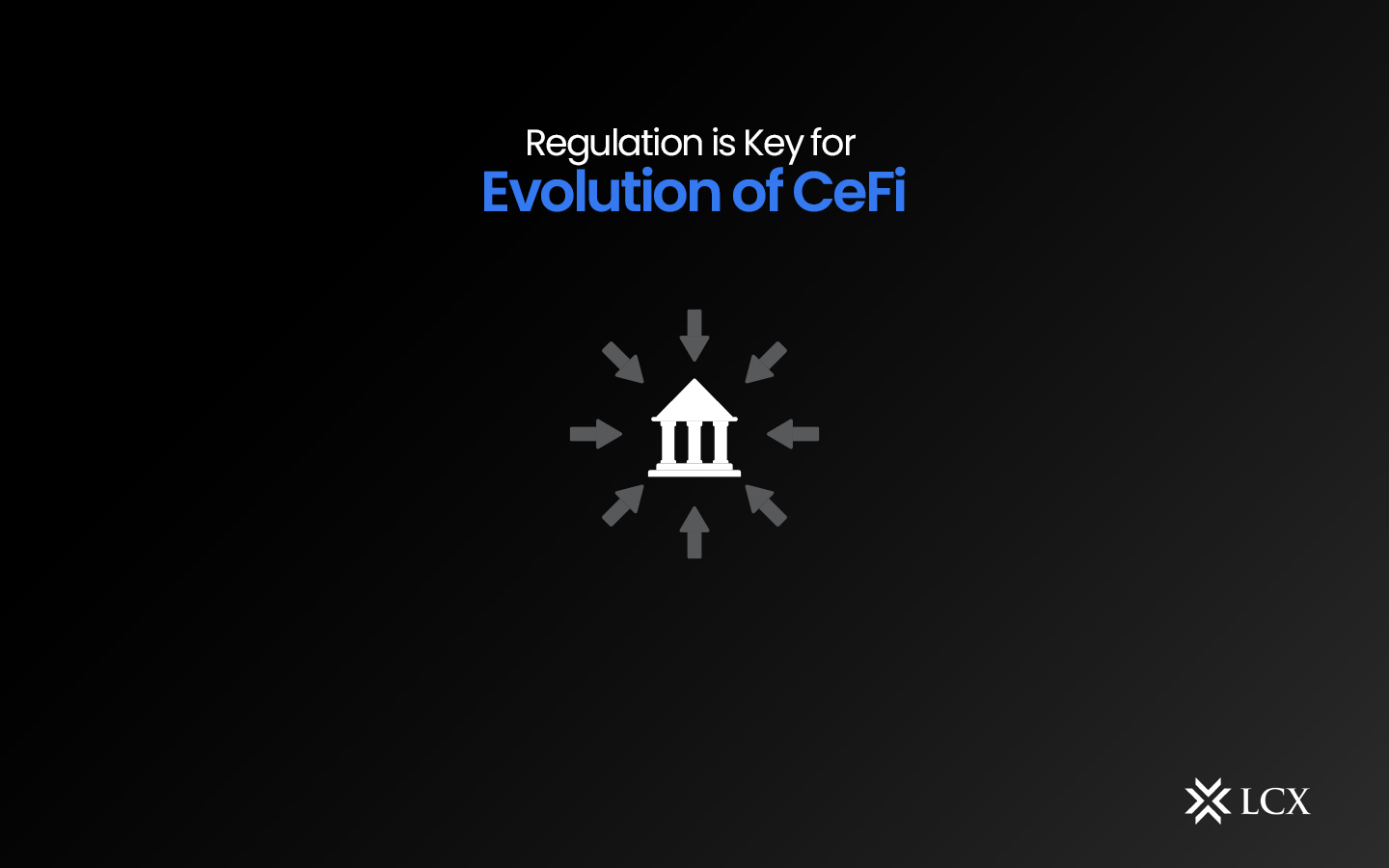Introduction to CeFi
Over the last century, the operations of financing and currency have been substantially centralized, largely overseen by banks and regulatory authorities. The ability to provide funds and enable transactions are functions that are overseen by centralized authorities and regulatory bodies in the broader economy.
With the introduction of cryptocurrencies, the practises and operations of the financial sector are being reevaluated and disrupted by novel and innovative methods. There are two prevalent methods for handling cryptocurrency trading and transactions: centralized finance (CeFi) and decentralized finance (DF) (DeFi). CeFi resembles conventional forms of centralized finance, in which banks and exchanges control money and transaction flows. DeFi permits peer-to-peer transactions without requiring a central exchange.
CeFi is an approach within the cryptocurrency market for facilitating the purchase, sale, and exchange of cryptocurrency tokens via a central exchange. In the CeFi concept, a central exchange that executes transactions holds custody of the assets. As part of its asset management, the CeFi exchange manages the private keys for cryptocurrency wallets that allow access to tokens on a blockchain. The central exchange is partially accountable for the safety, security, and timely execution of transactions, as well as their accurate reporting to users. In the CeFi model, the central exchange may charge transaction and handling fees to complete transactions, such as buying, selling, trading, and converting tokens.
How Are Regulations the Key to Evolution in CeFi?
CeFi offers numerous benefits to its users, such as ease of use and a wider range of financial products, but the lack of regulation in the CeFi industry has been a cause for concern. Many experts believe that the lack of regulation has led to several issues, such as market manipulation, fraud, and security breaches. This has made many investors wary of using CeFi platforms, as they fear that their investments may not be safe.
One of the biggest risks that investors face due to the lack of regulations in CeFi is the potential for fraud and market manipulation. Unlike DeFi, where users have complete control over their assets, CeFi users rely on centralized exchanges to manage their funds. This creates a centralized point of failure that can be exploited by bad actors. Furthermore, centralized exchanges are vulnerable to hacking and theft, which can result in the loss of users’ funds.
Regulation is essential to address these risks and ensure the long-term viability of the CeFi sector. Regulation provides exchanges with a framework for operation, which can aid in reducing fraud and market manipulation. In addition, regulations can protect user funds by implementing stringent security measures and mandating that exchanges adhere to them. By applying such safeguards, exchanges can generate user confidence and foster industry growth.
Regulation can also help mitigate the risks associated with market volatility. The cryptocurrency market is known for its volatility, which can lead to significant price fluctuations. By implementing regulation, exchanges can reduce the potential for market manipulation, such as wash trading, and promote fair trading practises. This can help stabilize the market and increase investor confidence, which can attract more capital to the sector.
Furthermore, regulation can help bring CeFi into the mainstream. Many traditional financial institutions are hesitant to invest in the cryptocurrency market due to the lack of regulatory oversight. By implementing regulation, CeFi can become more appealing to institutional investors, which can help drive adoption and increase liquidity.
Thus, the lack of regulations within CeFi poses a significant threat to the security of investors’ data and funds, thereby hindering the industry’s growth by a decade. Amidst the climate of ambiguity within CeFi with respect to regulations and a lack of clear communication, LCX stands out as a beacon of reliability for consumers.
LCX is a distinctive player in the market, as it provides much-needed stability and transparency in an uncertain business environment. LCX is a regulated, secure, and transparent centralized exchange platform with nine regulatory approvals from FMA. In LCX, the consumer funds are segregated from the company funds, and in case of insolvency or mismanagement, the consumer funds are safe by law.
You can read more about how to trade on LCX here!
In Conclusion
In conclusion, regulation is the key to the evolution of CeFi. While the CeFi sector has grown rapidly in recent years, it is not without its challenges. By implementing regulation, exchanges can reduce the risks associated with fraud, market manipulation, and market volatility. Additionally, regulation can help establish trust with users and promote the growth of the sector. As the cryptocurrency market continues to mature, it is likely that we will see more regulatory oversight of the CeFi sector.










